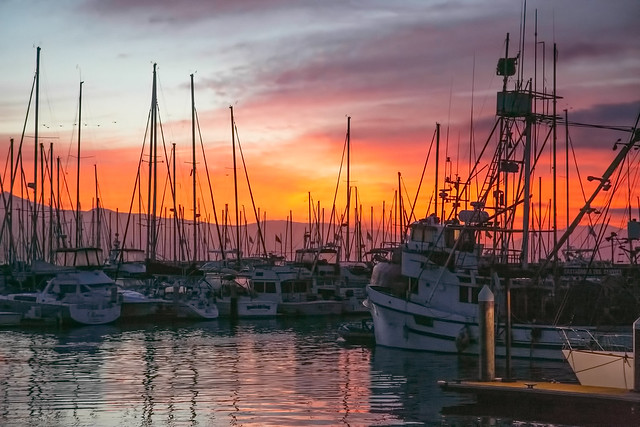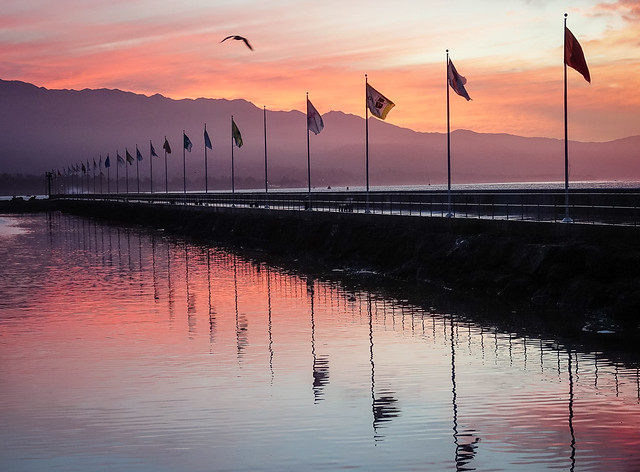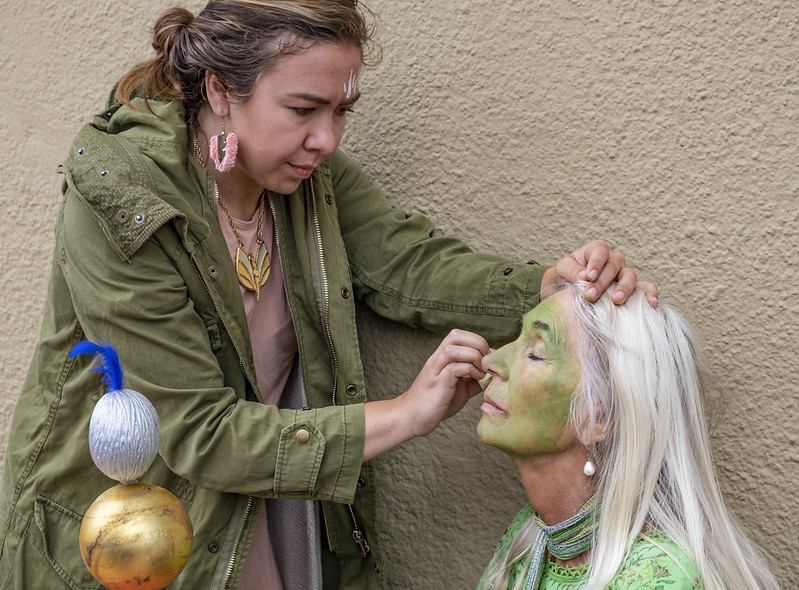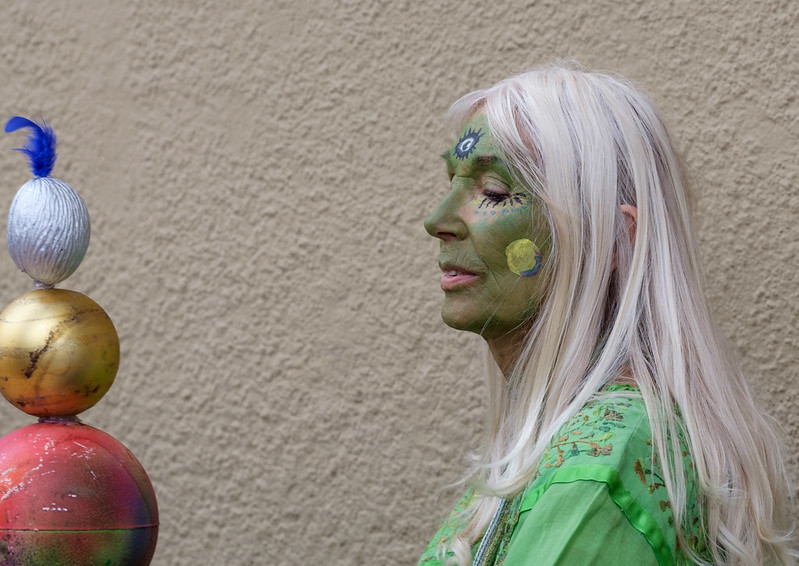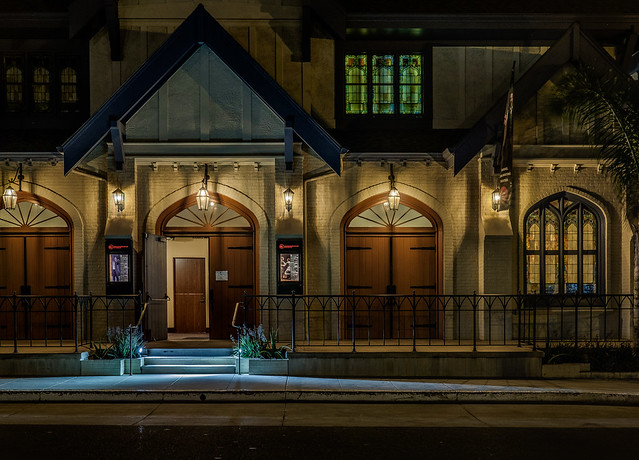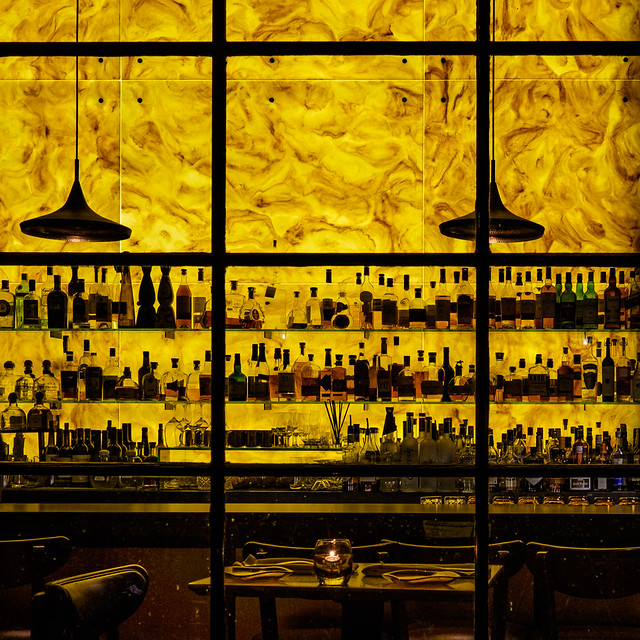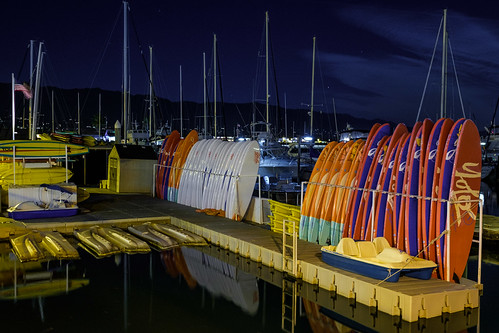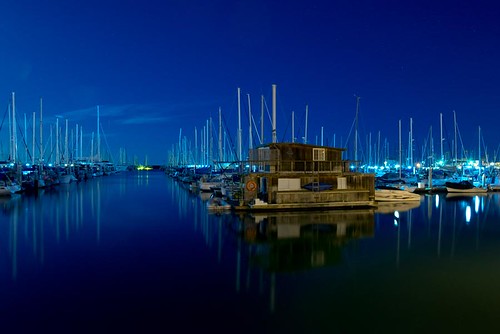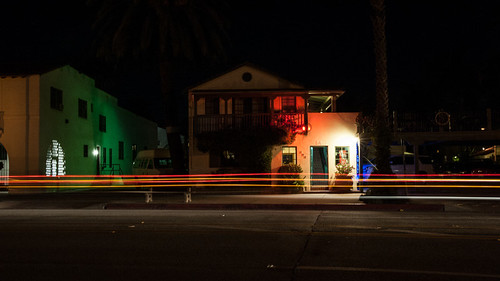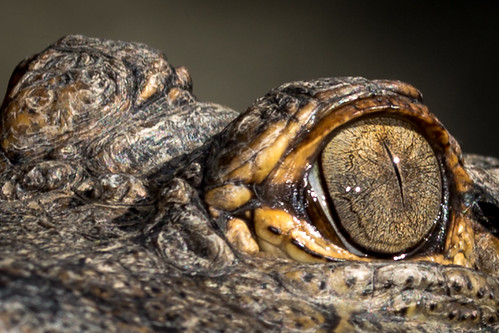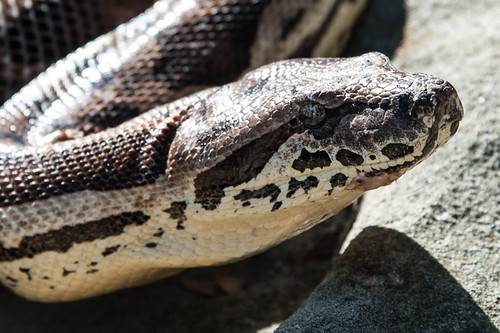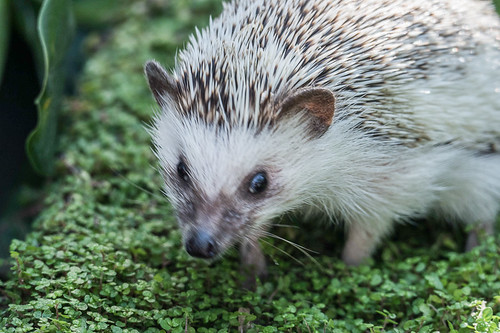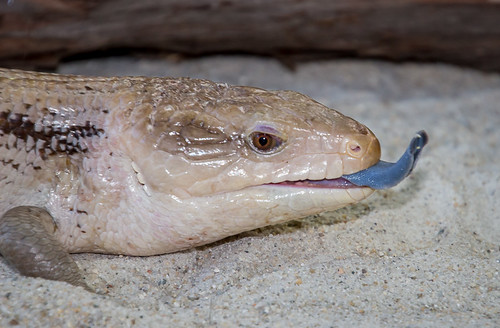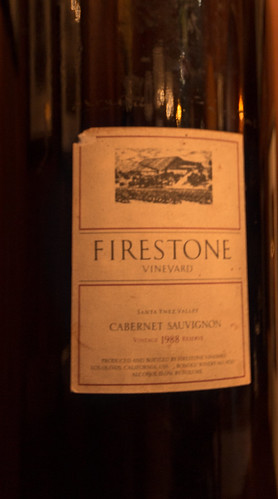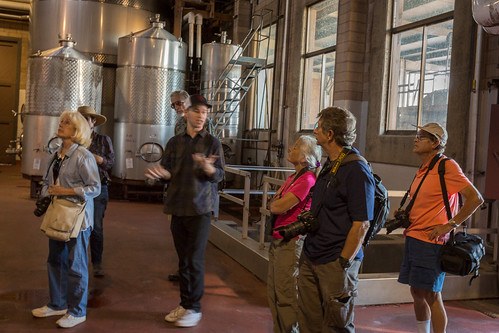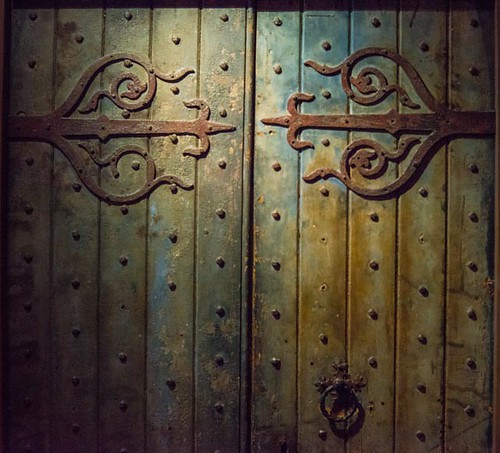Important Notice
Club Members: Once club members have completed, signed & submitted a “Channel City Camera Club Field Trip & Club Events Waiver and Release” form, you are free to participate in our monthly field trips or other events. This is another reminder to those members that may have overlooked the event waiver form and particularly for the newer members of our camera club.
Please have the field trip waiver form completed and send to the club’s mailing address
Channel City Camera Club
Post Office Box 30453
Santa Barbara, CA 93130-0453
The form can be downloaded from here.
Club Members Guests Camera members that wish to have guest(s) join them in these field trips, also need to have their guest(s) sign a form, however, being a non-member – they must sign a waiver form for each field trip they participate.
Upcoming Field Trip(s)
January 2025
Eastern Sierra in January 21-24, 2025
EASTERN SIERRA NEVADA IN WINTER:
Description: The Eastern Sierra Nevada in Winter is magical. The snow covered mountains glow brightly, but the valley floor is usually mild and dry. We will use the town of Lone Pine as a base for visiting the Alabama Hills National Scenic Area and other sites in the lower Owens Valley.
The Alabama Hills, located near Lone Pine, is a formation of erosion-sculpted rocks and hills at the base of the jagged peaks of the Sierra Nevada. Its geologic features were shaped by the same uplifting occurring 100 million years ago that created the Sierra Nevada. It is a favorite site of photographers, especially in the early morning when the light from the east illuminates the high mountain features in contrast to the hills and rocks in the foreground. The Hills were once the site for filming many of the early Hollywood western films.
If you have some extra time, a visit to the Museum of Western Film History in Lone Pine is worthwhile. Another fascinating site nearby is the Manzanar Historic National Site, one of the locations where Japanese Americans were interned during World War II.
Location and Access from Santa Barbara: Access to Owen’s Valley is best via the southern route through Santa Clarita via Hwys 101/14/395. The distance is approximately 235 miles and the driving time to Lone Pine approximately 4.5 hours.
Accommodations: I suggest we stay in Lone Pine at the Dow Villa Motel. Alternatively, if you wish to camp, I suggest the Tuttle Creek Campground, which is a BLM campground located in a very scenic area at the foot of the Sierra Nevada, and although it is not reservable, it is usually not full in the winter.
February 2025
POSTPONED – L.A. CONSERVANCY ART DECO TOUR, Saturday, February 1, 2025, 10:15 AM
Description: Learn how Art Deco made its way to L.A., why it became such a defining architectural style, and about the craftspeople who created these soaring structures and their iconic details. Clean lines and geometric patterns proved a perfect style for L.A. in the ‘20s and ‘30s, and an extraordinary collection of these masterpieces still stands in the heart of the city. You’ll step inside the entryway to the Cicada Club or the jaw-dropping lobby of CalEdison to experience first-hand the glamour of Old Hollywood on a walking tour that highlights the best that downtown has to offer. For more information, see the LA Conservancy website.
Location and Access from Santa Barbara: I suggest we travel by train to Union Station in LA, departing SB at 6:52 am and arriving at Union Station at 9:46. The Tour lasts approximately 2.5 hours, after which we could have lunch downtown at a suitable restaurant and then take the 3:13 pm from Union Station, arriving at 5:46 in Santa Barbara. The round trip cost of the train is $62 and the Tour is another $25. Alternatively, if enough people want to drive, car pooling could be used to keep the total cost down.
Death Valley, February 10-14, 2025
Description: Death Valley is the hottest, driest, lowest National Park in the nation. It is also the largest Nation Park outside of Alaska. And it is a fascinating and photogenic landscape. It is huge — you can spend a week here exploring and photographing and only cover a fraction of the unique features of this other worldly place. Here are some of the highlights: Mesquite Flat Sand Dunes are one of the most popular and most photographed areas of the Park. They are always changing with the wind and the light. The best time to explore the dunes ins the early morning (preferably just before and during the sunrise), especially before the crowds start stomping through the dunes disturbing all the beautiful patterns in the sand made by the wind the night before. Alternatively, if you want to avoid crowds, I recommend the Eureka Sand dunes, which are located in the far northern region of the park – a long but beautiful drive.
Zabriski Point is another very popular site that attracts many photographers. Although it is challenging to find an original image that is not just another postcard, working with the very early morning light and late evening light can sometimes produce a unique result.
Badwater Basin is the lowest point in North America at 282 ft (86 m) below sea level. The salt flats here cover nearly 200 square miles (518 square km), and are composed mostly of sodium chloride (table salt), along with calcite, gypsum, and borax. It was once the site of the large ancient inland Lake Manly which evaporated tens of thousands of years before the arrival of the 1849er for whom it was named. Today, fascinating geometric salt polygons form on the flats as groundwater rises up through these deposits and evaporates. Occasionally, heavy winter rains such as occurred last year, fill the Basin with water and it becomes a lake.
The Race Track is a fascinating and beautiful dry lake bed (playa) where rocks mysteriously move. Erosion causes large rocks to tumble from the surrounding mountains down to the surface of the playa, where they move across the level surface leaving trails as records of their movements. Some of the moving rocks are large and have traveled as far as 1,500 feet. Throughout the years many theories have been suggested to explain the mystery of these rock movements. A research project has suggested that a rare combination of rain and wind conditions enable the rocks to move. A note of caution: the Racetrack is in a remote location and requires travel over a rough dirt road to reach it. A 4×4 and or high clearance is recommended.
Accommodations: We will stay at Stovepipe Wells either in the motel or the campground. There are still accommodations at the motel in Stovepipe Wells, if you book now (https://www.stovepipedeathvalley.com/).
Location and Access from Santa Barbara: Access to Death Valley is best via the southern route through Santa Clarita via 101/14/178/190. The distance is approximately 320 miles and the driving time to Furnace Creek 5.5 hours.


